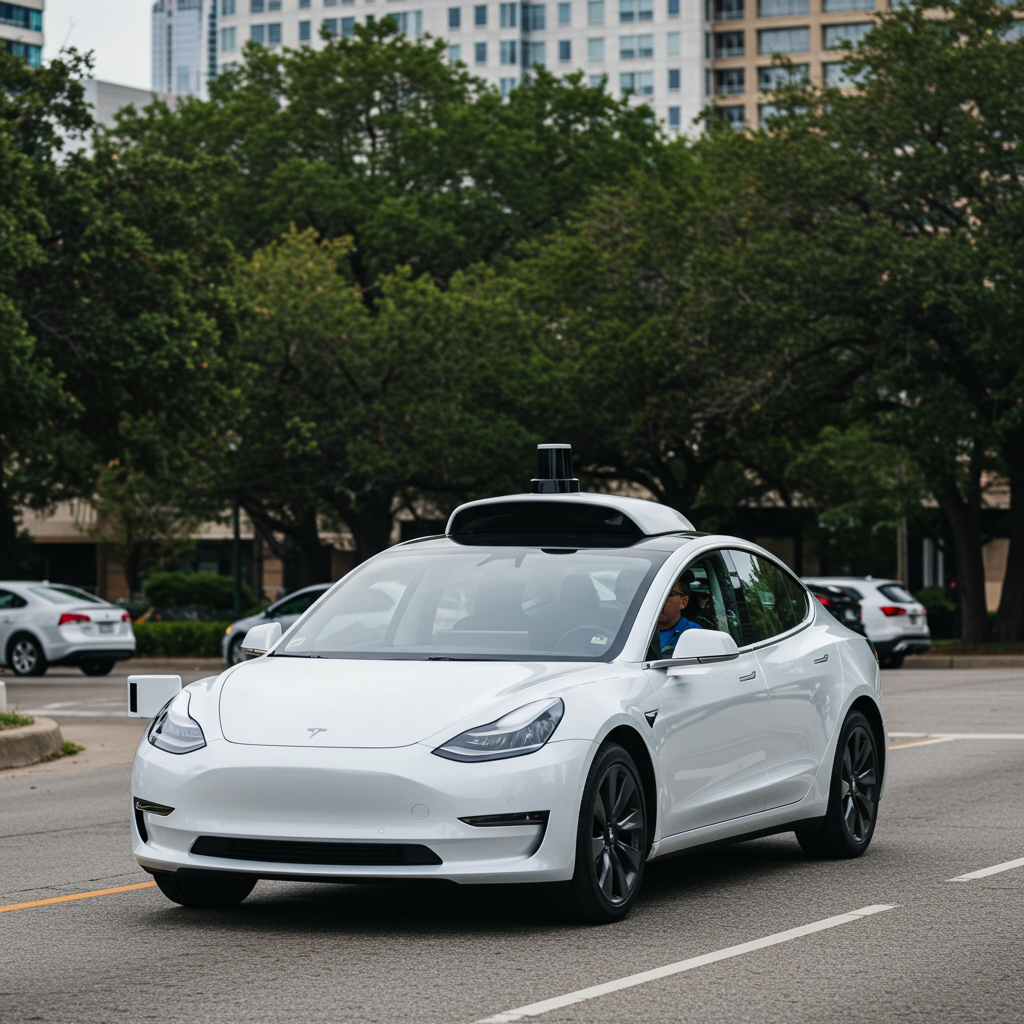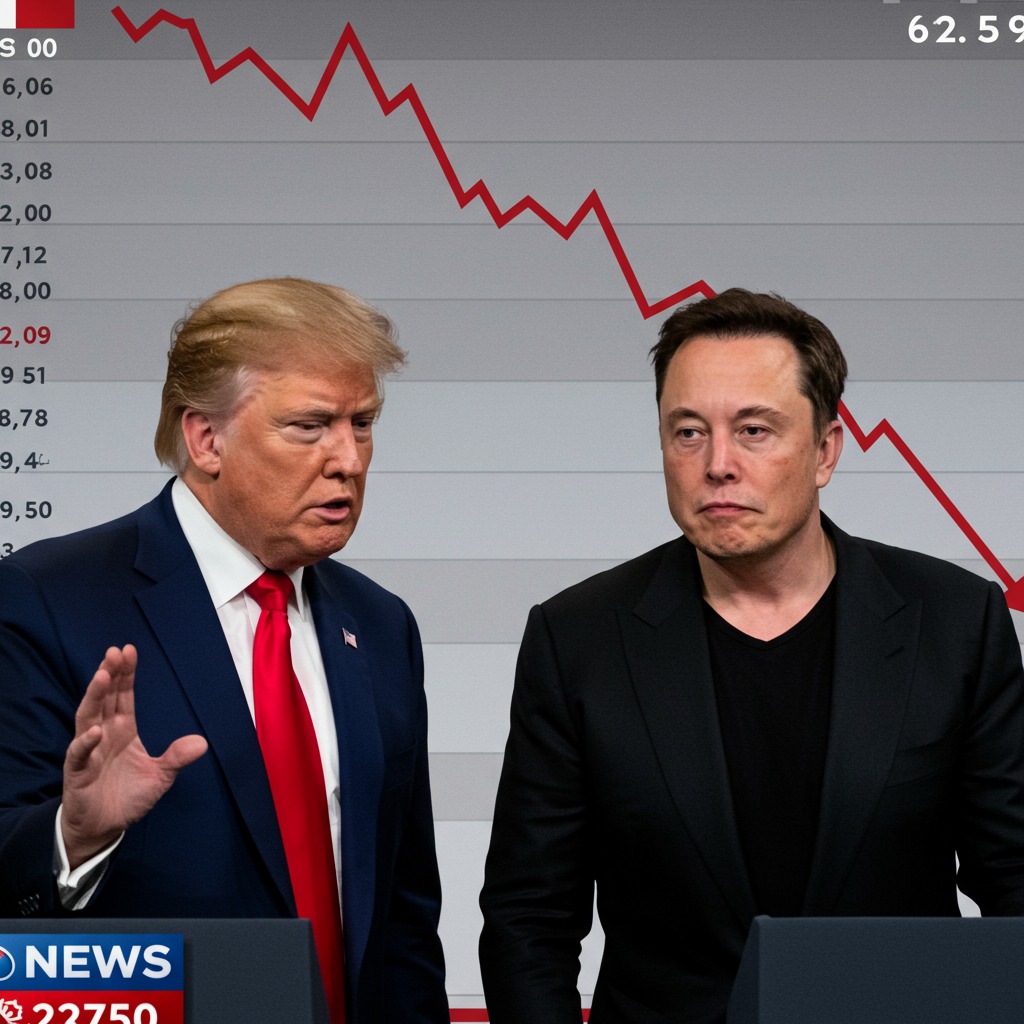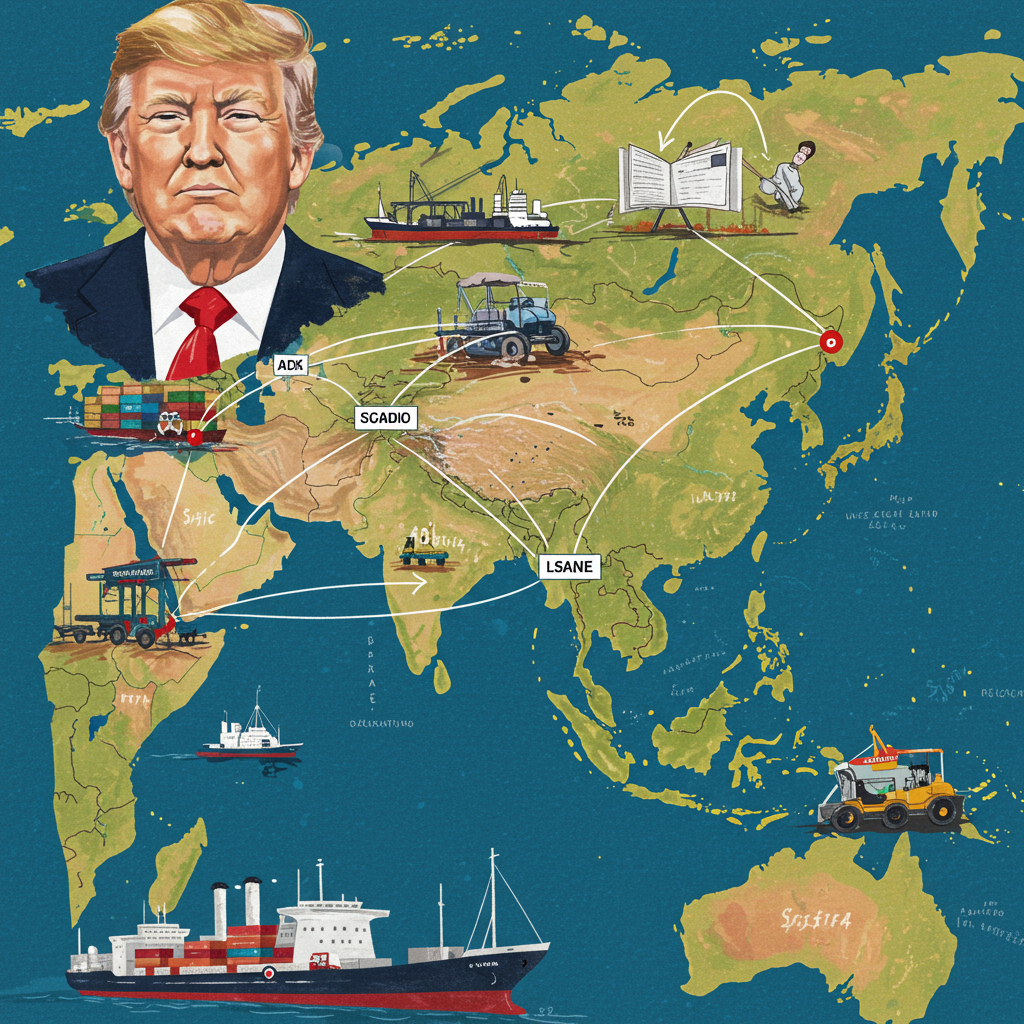Tesla’s Robotaxi Service Debuts in Austin, But Not Without a Human Touch
Tesla is set to roll out its highly anticipated robotaxi service in Austin, Texas, beginning Sunday, June 22nd. However, early access users for this autonomous ride-hailing program will find a significant detail that contrasts sharply with CEO Elon Musk’s previous bold pronouncements: a human “safety monitor” will be present in the front passenger seat during every ride.
This early phase, accessible only via invitation to select Tesla owners, investors, journalists, and social media influencers, introduces a supervisory element that deviates from Musk’s earlier vision of a truly “unsupervised” service with “no one in the car” this summer. While Musk had mentioned remote operation capabilities for emergency situations, the requirement for a human presence during the initial rides signals a cautious approach to deployment.
Key Details of the Early Access Program
The initial Tesla robotaxi service operates under specific conditions:
Location: Restricted to a defined geofenced area within Austin, viewable via a dedicated Tesla Robotaxi app. Airports are explicitly excluded.
Hours: Available daily from 6:00 AM to 12:00 AM (midnight).
Vehicles: The service utilizes a small fleet of Tesla Model Y vehicles, estimated to be between 10 and 20 cars. Notably, the futuristic, purpose-built Cybercab concept is not being used for this launch.
Passenger Limit: Invitees can bring one additional guest, who must be at least 18 years old. The invitee must remain in the vehicle.
Weather: Service availability may be limited or suspended during inclement weather, a known challenge for autonomous systems.
Access: Requires the download of the Tesla Robotaxi app and having a valid payment method on file. Riders are expected to provide a star rating after each trip.
Safety, Privacy, and Rider Conduct
The presence of the safety monitor underscores a focus on safety during this early access period. While cameras monitoring the cabin are typically disabled during rides, they can be activated during support calls, detected emergencies, or if the rider opts-in to share analytics. Microphones are used to detect external sounds like sirens and accidents, with audio transmitted only during support calls or emergencies, though processing happens onboard. Tesla also uses cameras to monitor safety drivers (though in this case, Safety Monitors) and inspect the interior after rides. Users can opt-in for broader data capture for analytics, unlinked from their accounts.
Riders are expected to be courteous and respectful. Unsafe behavior or misuse of the service (including attempting to reverse engineer features) can lead to removal from the program. Fees may be charged for damage, littering, or soiling the vehicle. Invitees are permitted to share photos and videos of their experience.
Regulatory Scrutiny and the Road Ahead
The decision to include a safety monitor comes amidst increasing external pressure and regulatory attention. The National Highway Traffic Safety Administration (NHTSA) has previously requested more information from Tesla regarding its autonomous system’s ability to handle challenging conditions like reduced visibility, particularly in light of ongoing investigations into FSD-related collisions.
Furthermore, the launch timing coincides with new autonomous vehicle legislation in Texas set to take effect on September 1st. This law will require autonomous ride-hailing services to obtain authorization from the Department of Motor Vehicles before operating without a human driver. A group of Texas lawmakers had reportedly asked Tesla to delay its launch until these new regulations are in place, or demonstrate immediate compliance.
While some analysts see this launch as a pivotal step towards Tesla’s “autonomous chapter,” potentially adding significant value, others remain skeptical about the speed at which the service can scale up. Regardless of the pace, the debut of Tesla’s robotaxi service in Austin, even with a human supervisor for now, marks a significant moment in the company’s ambitious push into autonomous mobility.




